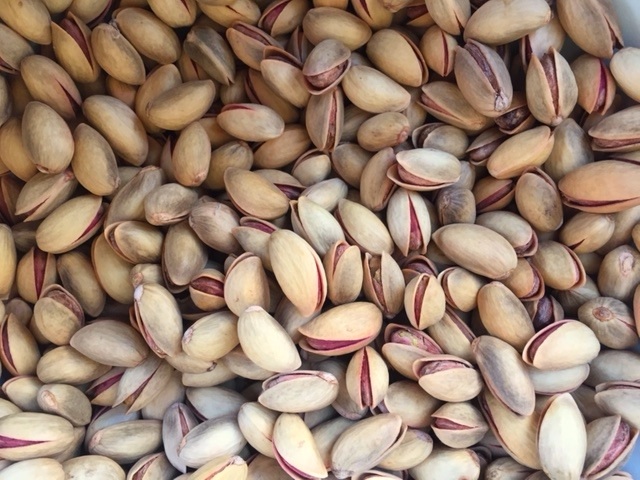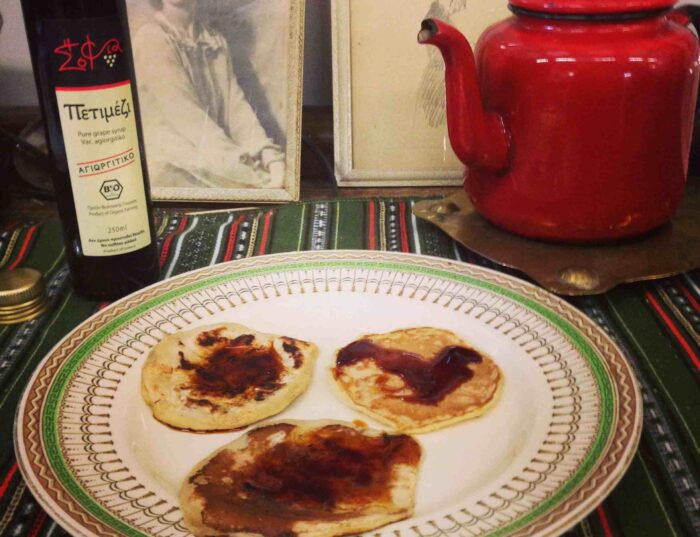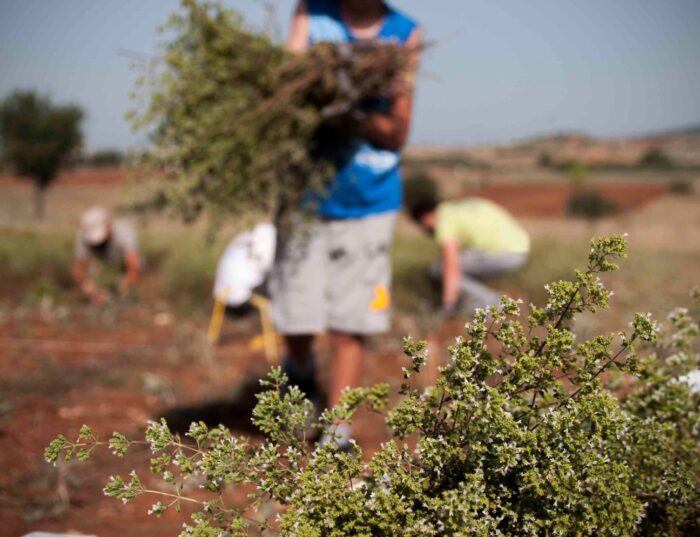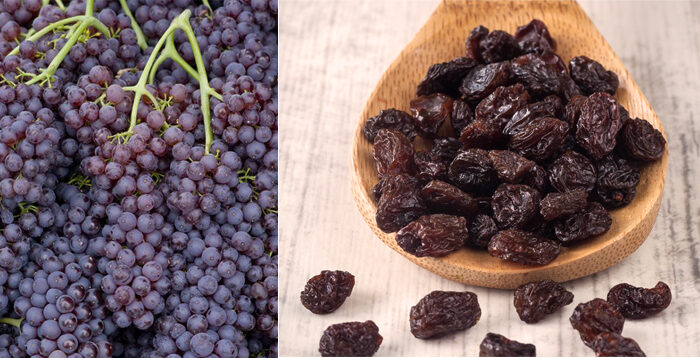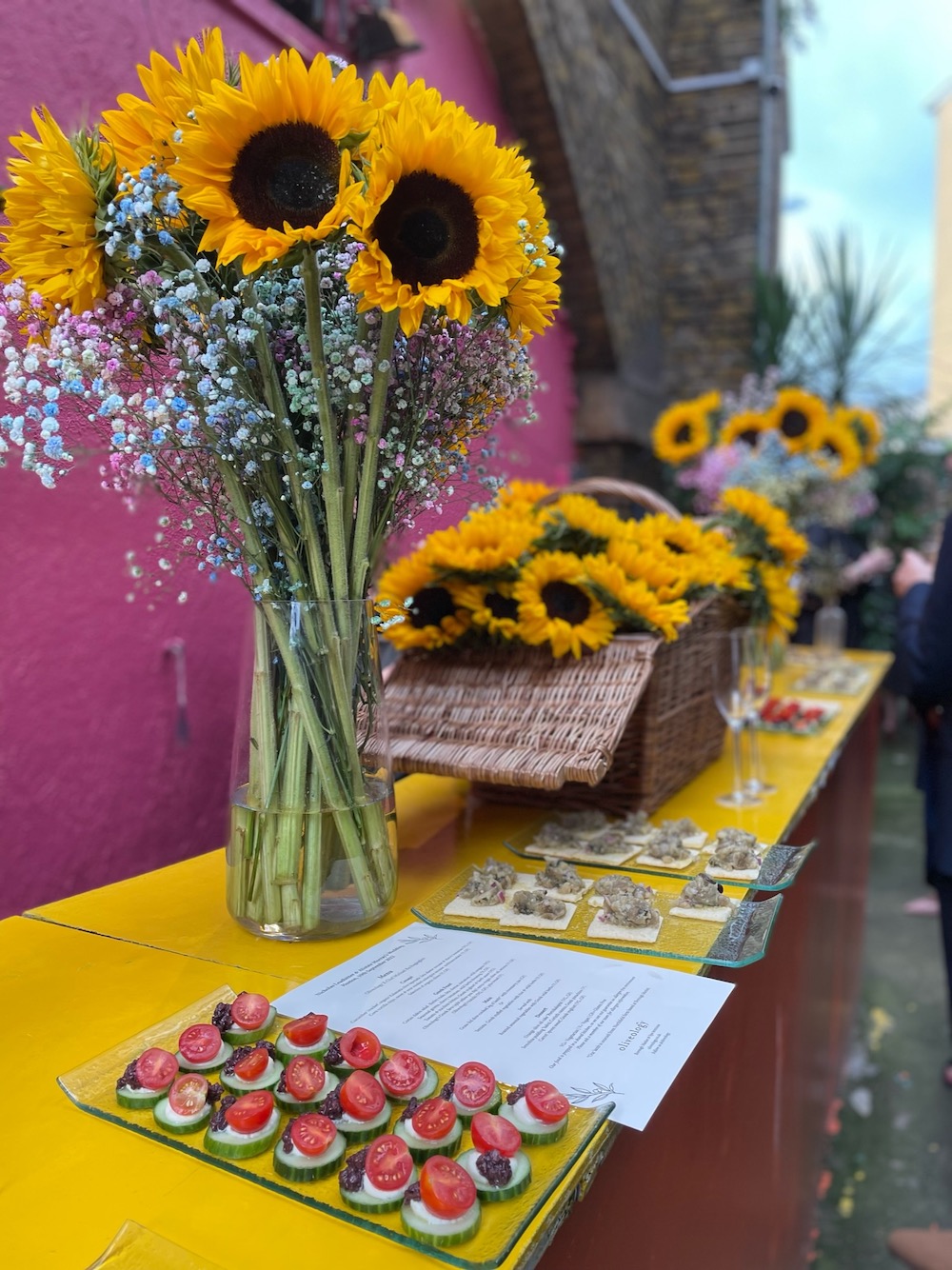How can you not love pistachios? They are a wonderful snack, the main ingredient to crunchy and flaky baklava, make an exquisite ice cream, they lift the flavour and texture of every food they are added to, from dressings to salads, casseroles, puddings and baked goods.
The pistachio is “technically” not a nut. The seed, commonly thought of as a nut, is as a matter of fact a culinary and not a botanical nut. The fruit is a drupe, containing an elongated seed, which is the edible portion. The English word pistachio is derived from the ancient Greek word pist.kion (πιστάκιον). The main producers of pistachios worldwide are Iran, United States and Turkey, while China seems to be the first consuming country. The pistachio tree is native to western Asia and Asia Minor, from Syria to the Caucasus and Afghanistan. Several cultivars exist however, the most popular variety grown for commercial purposes is kerman.
What is so special about the Greek pistachios? It appears that pistachio trees came to Greece from Western Asia. The unique cultivated type of pistachios from Aegina, has been awarded a Protected Designation of Origin (P.D.O) product status, since 1977. It has an almost-white shell, a sweet taste, a red-green kernel and a little bit more closed-mouth shell than the variety found in the United States. The ideal climate conditions of the island and the composition of the soil give these pistachios from Aegina the aroma and taste that make them stand out The specific variety has been systematically cultivated in Aegina since the 1860s. Nikolaos Peroglou organised the first pistachio orchard in Aegina, in the area of Limbones, by the sea, in 1896. He is considered one of the most infuential figures in the island as he dedicated his life to the cultivation of pistachio trees. Author of the book “The Pistachio Tree”, he documented everything that the cultivation of the pistachio tree needs. Determined that the Aeginitans should plant pistachio trees, when he wanted to give a present, he would give a pistachio tree sapling.
Today the Aegina Fistiki (pistachio) is naturally grown on small family estates; its cultivation is at the centre of the social, economic and cultural life of the island and the Agricultural Cooperative of Aegina Pistachio Producers intervenes in subjects of price, distribution and processing. Every year during August and September the pistachios are hand-picked and sun-dried with exceptional style.
We are delighted to stock the best quality pistachios, straight from the producers. Another brilliant opportunity to buy fresh pistachios (and other pistachio products), meet the producers, learn everything about its cultivation and new ways of incorporating them in your diet is to attend the Pistachio Festival, taking place in September.
Pistachios are lower in fat, lower in calories, and higher in fiber than most other nuts. Just a handful of pistachios a day provides enough recommended levels of phenolic anti-oxidants, minerals, vitamins, and protein. Looking into their nutritional value, we discovered that they are rich source of energy. They consist of good amounts of mono-unsaturated fatty acids like oleic acid and antioxidants. Their kernels are rich source of many anti-oxidant phyto-chemical substances, such as
carotenes, vitamin E, and polyphenolic antioxidant compounds. The nuts are full of many valuable B complex groups of vitamins like riboflavin, niacin, thiamin, pantothenic acid, vitamin B-6, and folates. They are the storehouse of minerals such as copper, manganese, potassium, calcium, iron, magnesium, zinc, and selenium.
As if you needed another reason to enjoy a handful of pistachios!
